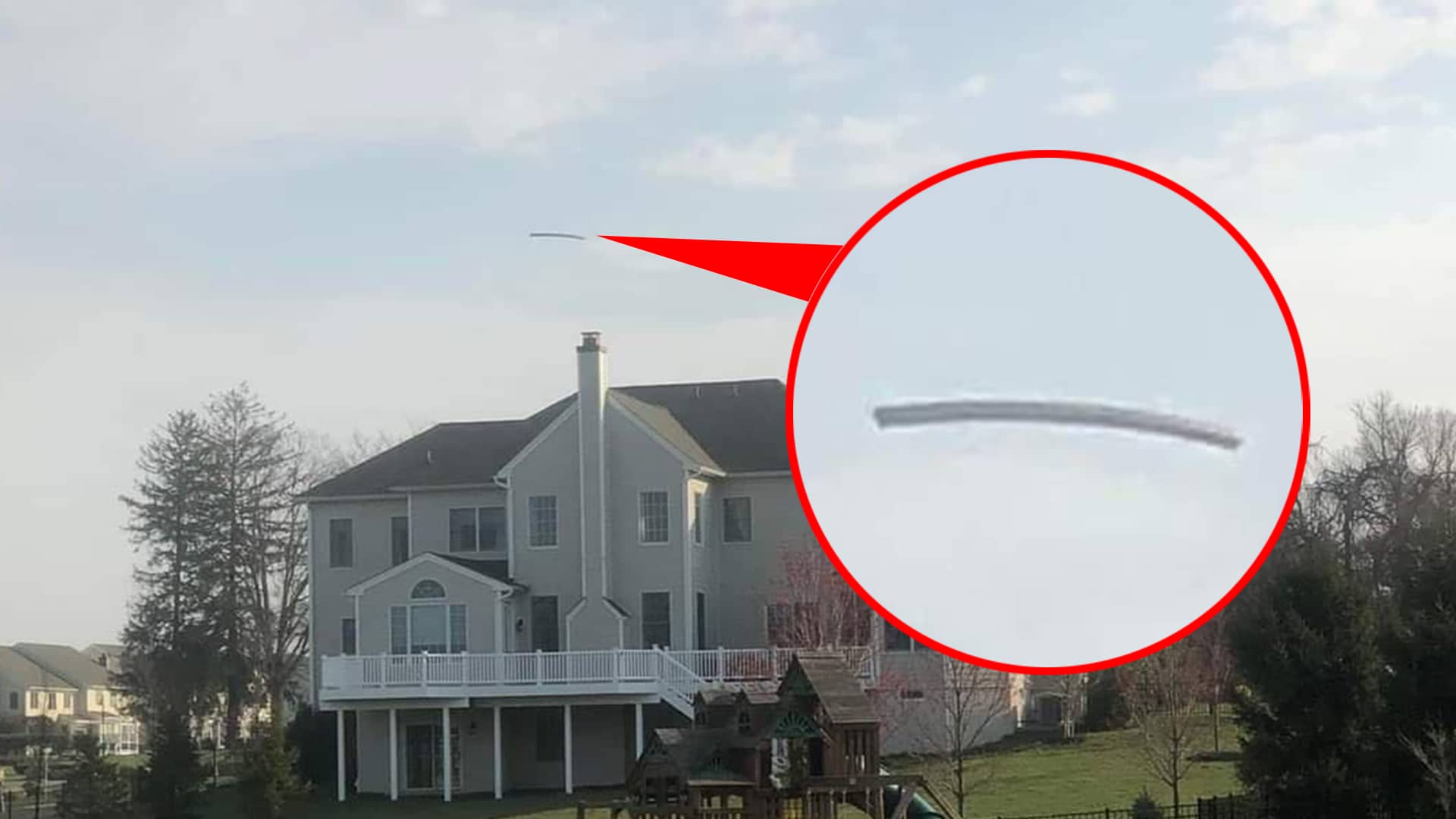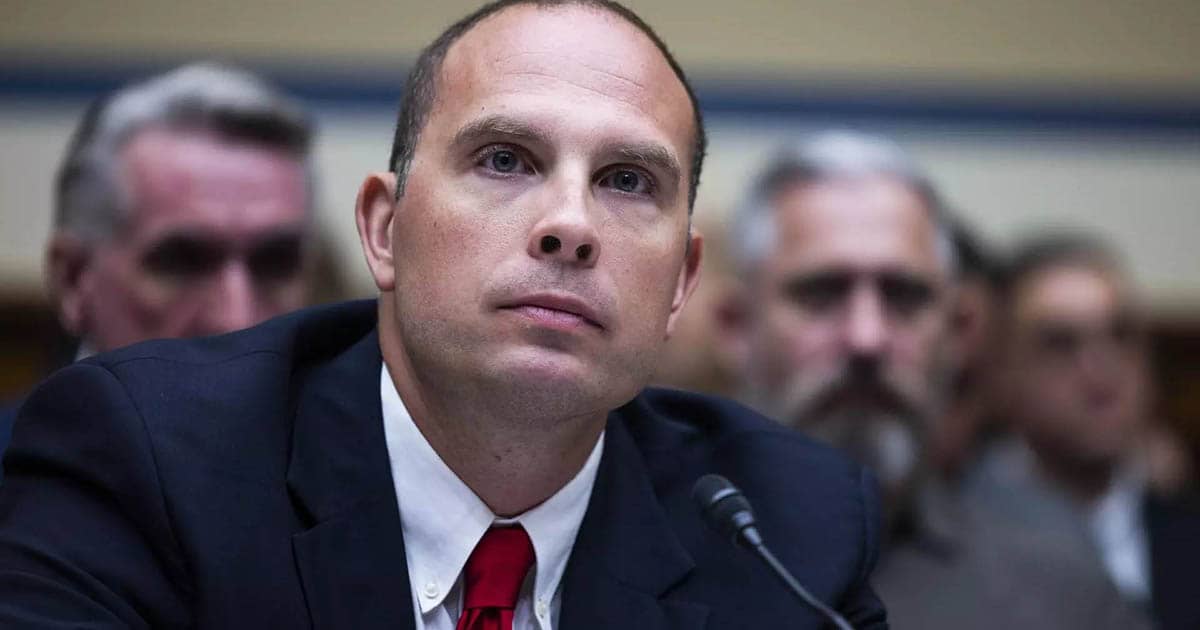Conspiracy Chronicles
9/11 Conspiracy Theories Debunked: Separating Fact from Fiction

Have you ever wondered why some conspiracy theories just won't fade away? Even after more than two decades, 9/11 conspiracy theories continue to captivate the minds of many. From claims of controlled demolitions to allegations of government cover-ups, these theories have had a significant impact on public discourse surrounding the tragic events of September 11, 2001. In this article, I aim to address and debunk some of the most persistent conspiracy theories associated with 9/11. By separating fact from fiction, we can gain a clearer understanding of what truly happened that fateful day and move forward with accurate information. So, let's dive in and unravel the mysteries surrounding these conspiracy theories. So, what happened on the 11 September 2001?
On September 11, 2001, a series of coordinated terrorist attacks took place in the United States. Nineteen hijackers associated with the extremist group Al-Qaeda carried out the attacks. They hijacked four commercial airplanes and targeted prominent landmarks. Two planes, American Airlines Flight 11 and United Airlines Flight 175, were flown into the North and South Towers of the World Trade Center in New York City, causing both towers to collapse. Another plane, American Airlines Flight 77, was flown into the Pentagon in Arlington, Virginia. The fourth plane, United Airlines Flight 93, crashed into a field in Pennsylvania after passengers attempted to regain control from the hijackers. Nearly 3,000 people lost their lives in these tragic events, making it one of the deadliest terrorist attacks in history. The 9/11 attacks had a profound impact on global politics, security measures, and the collective consciousness of people worldwide.
II. Understanding Conspiracy Theories
Conspiracy theories have become a familiar presence in our society, often emerging in the aftermath of significant events like the 9/11 attacks. But what exactly are conspiracy theories, and why do they tend to proliferate during times of uncertainty?
Conspiracy theories can be defined as explanations or narratives that attribute the cause of an event or situation to a secretive and malevolent group or organization. They often involve elaborate plots, hidden agendas, and a deep mistrust of official explanations. These theories can gain traction due to a variety of factors, including human psychology, distrust in authorities, and the need for certainty in the face of chaos.
During times of major events or crises, like the 9/11 attacks, people naturally seek answers and explanations. These events can be deeply unsettling, causing individuals to question their understanding of the world. In this state of uncertainty, conspiracy theories can provide a sense of control and a way to make sense of the incomprehensible. They offer a narrative that simplifies complex events, identifies clear villains, and provides a seemingly logical explanation for the tragedy.
Moreover, conspiracy theories often tap into our inherent cognitive biases, such as confirmation bias and pattern-seeking tendencies. We are inclined to seek information that confirms our pre-existing beliefs and to find patterns even where none may exist. This psychological inclination can make conspiracy theories appear convincing, despite lacking substantial evidence.
In the case of 9/11, the magnitude of the attacks, the shocking visuals, and the subsequent complexities of the investigations fueled the emergence of various conspiracy theories. As a society, it is crucial to understand these underlying factors and critically examine conspiracy theories to separate fact from fiction. By doing so, we can move towards a more informed and accurate understanding of historical events.
III. Debunking 9/11 Conspiracy Theories

A. Theory 1: Controlled Demolition
One prominent conspiracy theory surrounding the 9/11 attacks suggests that the World Trade Center towers were brought down by a controlled demolition rather than the impact of the hijacked airplanes. However, extensive investigations and expert analysis have debunked this claim.
Experts in structural engineering, including the National Institute of Standards and Technology (NIST), have conducted detailed investigations into the collapse of the towers. Their findings overwhelmingly support the conclusion that the collapse was a result of the intense heat from the jet fuel weakening the steel infrastructure, combined with the structural damage caused by the impact of the planes.
Furthermore, controlled demolitions require extensive preparation and leave behind specific evidence such as carefully placed explosives. However, no credible evidence of explosive devices or detonation patterns has been found in the rubble of the World Trade Center. Multiple eyewitness testimonies, including those of first responders and survivors, also confirm the sudden and unexpected nature of the towers' collapse.
B. Theory 2: Pentagon Attack
Another conspiracy theory claims that the Pentagon was not actually hit by a plane, but rather by a missile or some other form of orchestrated attack. However, substantial evidence contradicts this theory and supports the conclusion that American Airlines Flight 77, piloted by hijackers, crashed into the Pentagon.
Eyewitness accounts from Pentagon employees, first responders, and nearby civilians provide consistent testimony of witnessing a commercial airliner striking the building. Additionally, security camera footage captures the moment of impact, clearly showing the silhouette and characteristics of a large aircraft.
The physical evidence, including aircraft debris, flight recorders, and human remains recovered from the crash site, further confirm the presence of Flight 77. The damage pattern and the path of destruction within the Pentagon align with the trajectory of the plane as it approached and struck the building.
C. Theory 3: Flight 93 Conspiracy
One conspiracy theory surrounding the fourth hijacked plane, United Airlines Flight 93, suggests that it was shot down by the military instead of crashing due to passenger resistance. However, investigations and testimonies strongly refute this claim.
The 9/11 Commission Report, along with extensive analysis by experts, establishes that Flight 93 crashed in a field near Shanksville, Pennsylvania, as a result of passengers attempting to regain control of the aircraft from the hijackers. Multiple eyewitnesses observed the plane in distress and descending rapidly before impact, consistent with the events described by the Commission.
The debris field and the recovered remains of passengers and crew members all support the conclusion that the plane crashed due to the struggle on board, rather than being shot down. The absence of any credible evidence, such as missile debris or military involvement, further debunks this conspiracy theory.
D. Theory 4: Insider Trading
Conspiracy theories also suggest that insider trading occurred prior to 9/11, implying foreknowledge of the attacks among certain individuals. However, a comprehensive analysis of the evidence reveals a different perspective.
While there were indeed anomalous stock trading activities in the days leading up to 9/11, subsequent investigations by the Securities and Exchange Commission (SEC) and other regulatory bodies have found no credible evidence linking these trades to foreknowledge of the attacks. In many cases, the trades were found to be unrelated or coincidental, driven by factors such as pre-existing market trends or known economic indicators.
Misinterpretation of data and the spread of misinformation have contributed to the perception of insider trading conspiracies. It is essential to approach these claims with critical thinking and rely on thorough investigations conducted by reputable authorities to separate fact from speculation.
By addressing and debunking these common conspiracy theories surrounding 9/11, we can gain a more accurate understanding of the tragic events and move towards a collective acceptance of the evidence-based explanations. It is through critical analysis and a commitment to truth that we can honor the memory of the lives lost and ensure that history is not distorted by baseless claims.
IV. Psychology of Conspiracy Theories
Conspiracy theories have a peculiar way of captivating our attention and finding a place in our beliefs. To understand why some individuals are drawn to these theories and why they continue to spread, it is crucial to delve into the psychological factors that contribute to their acceptance.
One significant aspect is the emotional appeal of conspiracy theories. They often offer a sense of comfort and reassurance in the face of uncertainty or tragedy. Believing in a conspiracy theory can provide a convenient explanation for complex events, offering a clear narrative with identifiable villains. This simplification of reality can reduce anxiety and provide a sense of control over a chaotic world.
Cognitive biases also play a role in the acceptance and perpetuation of conspiracy theories. Confirmation bias, for instance, leads us to seek information that confirms our pre-existing beliefs while disregarding or dismissing conflicting evidence. When presented with information that aligns with a conspiracy theory, individuals may be more likely to accept it without critically evaluating its credibility.
Additionally, pattern-seeking tendencies can influence the interpretation of events. Our brains are wired to detect patterns, even where none exist, and conspiracy theories often thrive on connecting seemingly unrelated events to create a cohesive narrative. This can give individuals a false sense of understanding and reinforce their belief in the conspiracy.
Furthermore, social and cultural factors contribute to the spread of conspiracy theories. In an increasingly connected world, information can spread rapidly through online platforms, creating echo chambers where like-minded individuals reinforce each other's beliefs. This amplification effect can solidify conspiracy theories within specific communities and make them appear more prevalent than they actually are.
It is important to note that belief in conspiracy theories is not limited to any particular demographic or level of intelligence. People from all walks of life can be susceptible to the allure of conspiracy theories, as psychological factors affect individuals universally.
By understanding these psychological factors, we can approach the phenomenon of conspiracy theories with empathy and develop strategies to counteract their influence. Promoting critical thinking, media literacy, and providing access to accurate information can empower individuals to navigate through the maze of conspiracy theories and form a more nuanced understanding of complex events.
Let's explore the importance of fact-checking and critical thinking in evaluating conspiracy theories and separating fact from fiction.
V. Importance of Fact-Checking and Critical Thinking
When it comes to conspiracy theories, fact-checking and critical thinking are essential tools for distinguishing between truth and misinformation. Engaging in these practices helps us navigate a complex media landscape and make informed judgments about the validity of conspiracy theories. Here's why fact-checking and critical thinking matter:
- Verifying accuracy: Fact-checking allows us to assess the credibility of claims made in conspiracy theories. By researching reliable sources, examining evidence, and consulting experts, we can separate factual information from baseless speculation or deliberate disinformation.
- Challenging biases: Critical thinking encourages us to examine our own biases and preconceived notions. It prompts us to question the motivations behind conspiracy theories and to consider alternative explanations based on rational and evidence-based analysis.
- Evaluating sources: Assessing the reliability and expertise of sources is crucial. Look for reputable news organizations, academic institutions, and credible experts when seeking information. Be cautious of anonymous or unverified sources, as they can easily spread false information.
- Examining evidence: Conspiracy theories often rely on anecdotal evidence or cherry-picked data. Engage in a thorough examination of evidence, considering multiple perspectives and cross-referencing information. Look for robust and scientifically supported evidence that withstands scrutiny.
- Fact-checking resources: Encourage readers to utilize fact-checking resources, such as reputable fact-checking organizations like Snopes, FactCheck.org, or Politifact. These resources provide in-depth investigations and analysis to verify or debunk specific claims.
- Developing media literacy skills: Enhance media literacy skills by teaching critical evaluation of information sources. Encourage readers to question the motives behind sources, identify logical fallacies, and be wary of emotionally manipulative language or sensationalized claims.
- Encouraging open dialogue: Foster open and respectful discussions about conspiracy theories. Engaging in constructive conversations with others who may hold different viewpoints can promote a better understanding of the issues and help counter misinformation.
Remember, critical thinking and fact-checking should be applied to all information, not just conspiracy theories. By cultivating these skills, we become better equipped to evaluate information critically, make well-informed judgments, and contribute to a more informed society.
VI. Conclusion
In the journey to debunk 9/11 conspiracy theories, we have examined and refuted some of the most persistent claims. From the controlled demolition theory to doubts about the Pentagon attack and Flight 93, as well as allegations of insider trading, the evidence overwhelmingly points to alternative explanations that are grounded in facts and thorough investigations.
It is essential to recognize that conspiracy theories lack a factual basis and often rely on misinformation, emotional appeal, and cognitive biases to gain traction. By critically evaluating evidence, seeking reliable sources, and engaging in fact-checking, we can separate truth from fiction.
We must encourage readers to approach conspiracy theories with skepticism, keeping in mind the psychological factors that can make them appealing. The importance of fact-checking and critical thinking cannot be overstated. Verify information from reputable sources, scrutinize evidence, and challenge preconceived notions. By doing so, we can contribute to a more accurate understanding of historical events.
As we navigate an increasingly complex media landscape, let us be proactive in enhancing our media literacy skills. Fact-checking resources and critical evaluation of sources can empower us to make informed judgments. Engage in open and respectful dialogue, recognizing that differing viewpoints can lead to a deeper understanding of complex issues.
Ultimately, seeking accurate information and embracing critical thinking are fundamental in countering the spread of misinformation and conspiracy theories. By valuing truth and evidence, we can honor the memory of the lives affected by the 9/11 attacks and contribute to a society that is better equipped to evaluate information responsibly.
Together, let us champion accuracy, critical thinking, and a commitment to truth in our pursuit of knowledge and understanding.
Ready to dive deeper into the world of conspiracy theories? Discover more intriguing insights and untangle the web of popular conspiracy theories in our comprehensive series, “Conspiracy Theory Chronicles: Unveiling the Truth Behind Popular Conspiracy Theories.” Join us as we embark on an illuminating journey to separate fact from fiction, unravel myths, and shed light on the hidden truths behind these captivating narratives. Expand your knowledge, challenge your beliefs, and equip yourself with the tools of critical thinking. Visit our website to explore the captivating episodes of the “Conspiracy Theory Chronicles” and embark on a quest for the truth. Don't miss out on this enlightening exploration into the world of conspiracy theories!
Frequently Asked Questions (FAQ)
Are the conspiracy theories surrounding 9/11 based on any factual evidence?
No, the conspiracy theories surrounding 9/11 lack factual basis and often rely on misinformation, emotional appeal, and cognitive biases to gain traction.
Did controlled demolitions bring down the World Trade Center towers?
No, extensive investigations by experts, including the National Institute of Standards and Technology (NIST), confirm that the collapse of the towers resulted from the intense heat of the jet fuel weakening the steel infrastructure, combined with the structural damage caused by the plane impacts.
Was the Pentagon actually hit by a plane?
Yes, multiple eyewitness accounts, security camera footage, and physical evidence confirm that American Airlines Flight 77 crashed into the Pentagon on 9/11.
Was Flight 93 shot down by the military?
No, investigations and testimonies establish that Flight 93 crashed due to the heroic actions of passengers attempting to regain control of the hijacked plane.
Did insider trading occur prior to 9/11, indicating foreknowledge of the attacks?
While there were anomalous stock trading activities, subsequent investigations by regulatory bodies found no credible evidence linking these trades to foreknowledge of the attacks. Misinterpretation and misinformation have contributed to the perception of insider trading conspiracies.
How can I evaluate conspiracy theories critically?
It's important to fact-check information, critically evaluate sources, examine evidence, and challenge biases. Develop media literacy skills, seek reputable fact-checking resources, and engage in open and respectful dialogue.












